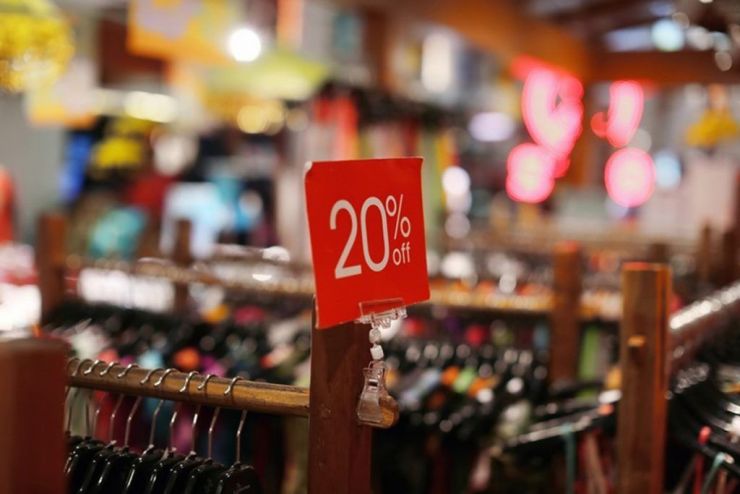The cost of bad — or “dirty” — data is higher than you might think. As noted by Harvard Business Review, IBM determined that $3.1 trillion is lost to poor-quality data each year. Some of that missed revenue can be chalked up to dirty location data preventing customers from shopping at physical retail stores.
Correcting this issue won’t happen overnight – $3.1 trillion doesn’t get lost without some pretty major systemic problems, after all – but with commitment, perseverance and the help of best-in-class local pages tools, brands can keep their data clean and pave the way for more foot traffic than ever before.
Just remember: maintaining your location data is not a sprint; it’s a marathon.
Local Pages Are the Gateway to In-Store Sales
When we talk about site optimization and facilitating brand engagement, some organizations will focus on their corporate sites while neglecting their local pages. Your overarching brand messaging is crucial, of course, but don’t sleep on the importance of accurate, up-to-date microsites and local pages to drive traffic to individual physical locations.
Nearly 85 percent of consumer impressions occur at touch points representing local stores, rather than the corporation or brand. If you want to facilitate in-store sales and guide online users to your brick-and-mortar locations, it all begins with optimizing your local pages.
Until a customer walks through your door, there are numerous variables that could prevent them from shopping at a given location. Don’t let dirty data be another deterrent that gets in the way of foot traffic and brick-and-mortar sales. According to our own analysis, 71 percent of consumers conduct research into specific locations before leaving to visit a store, and 22 percent continue to do so while in transit. Your brand should be continually nurturing individuals from the moment of digital engagement to the actual point of sale, effortlessly guiding them along the customer journey.
Outdated information will reflect poorly on your brand.
When Location Data Goes Wrong
Seemingly tiny, insignificant errors can derail this whole process, however. Outdated addresses, hours of operation and contact information all stand in the way of a solid customer engagement strategy. If your stores fail to keep these details updated, you’re basically shooting yourself in the foot by creating additional obstacles for consumers to overcome. Frustrated customers may be unwilling to take such steps and opt to do business with a nearby competitor instead.
Our own research bears out the fact that consumers are slow to forgive inaccurate store information: 73 percent would lose faith in a brand if it presented incorrect store details online. Approximately two-thirds of consumers said they would similarly grow distrustful of a brand if they got lost on the way to a store because the wrong address was posted on its local page.
Regardless who is at fault for the outdated information, it will reflect poorly on your brand. Even if it’s the responsibility of a local franchisee to keep store details up to date, ultimately the buck stops with you. Brands that fail to take control of their local pages and location data risk eroding customer trust and developing a bad reputation.
Once customers lose that trust, it can be difficult – if not impossible – to rebuild it to its former glory. Only by getting ahead of these problems and diligently maintaining location data can brands avoid such disastrous pitfalls.
Local pages need to be continually maintained and updated.
Keep Your Eyes on the Prize
As much as we may view store details as static information – address, description, hours of operation, etc. – the reality is local pages need to be continually maintained and updated. New developments happen all the time, and they should be reflected in the bones of your local store pages. Promotional banners, for instance, need to be rotated to reflect the latest offers in a particular region.
Perhaps even more important, though, is how your individual stores are being represented elsewhere on the internet. Many customers search for location information through other channels such as Google and Yelp. If those platforms are using outdated location data, you’re falling right back into the brand mistrust pitfall. You need to cover all of your bases and ensure that wherever location data lives, it reflects the most accurate information available to help guide customers and encourage engagement.






